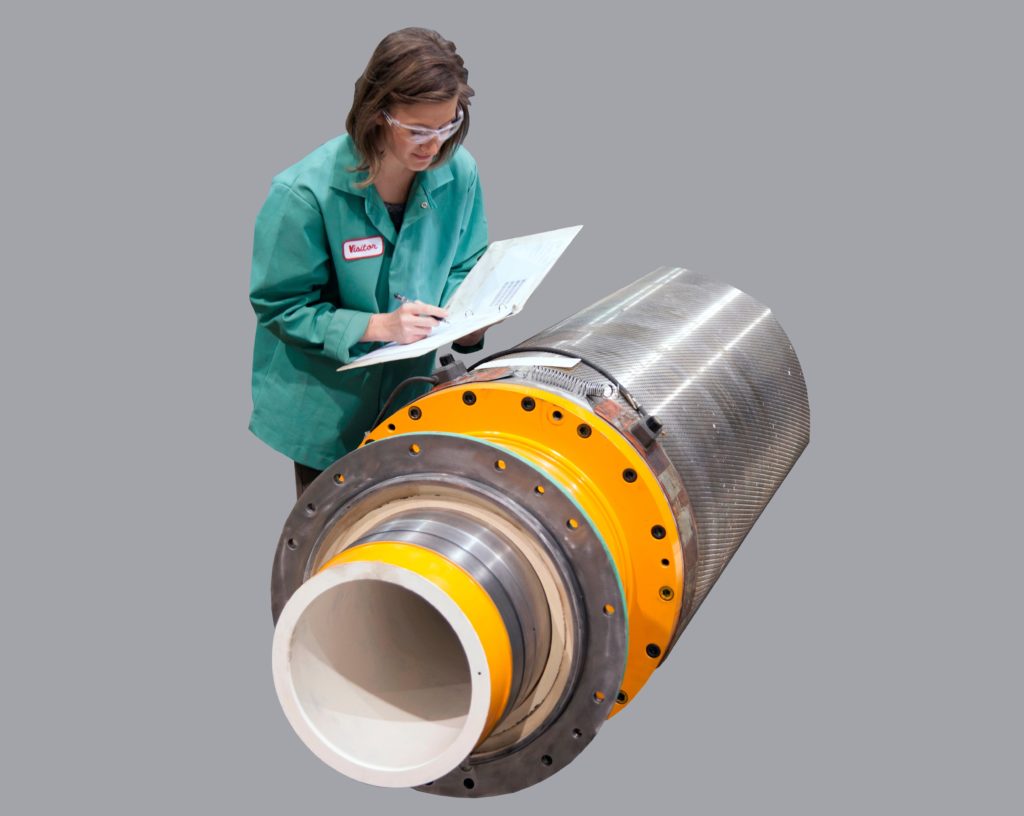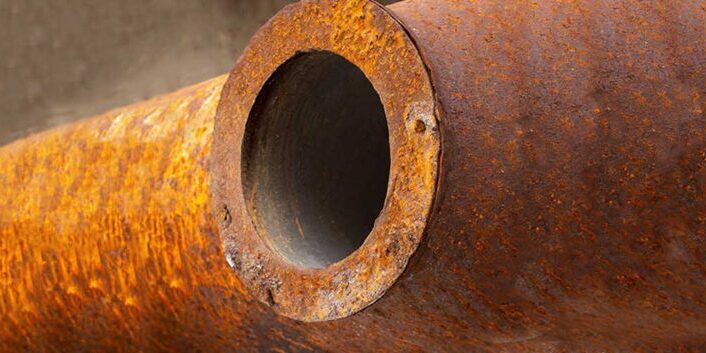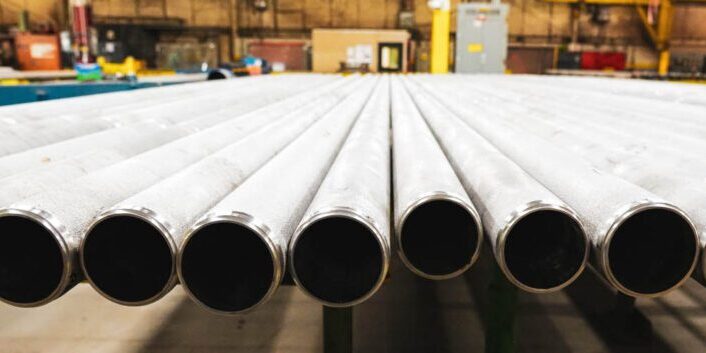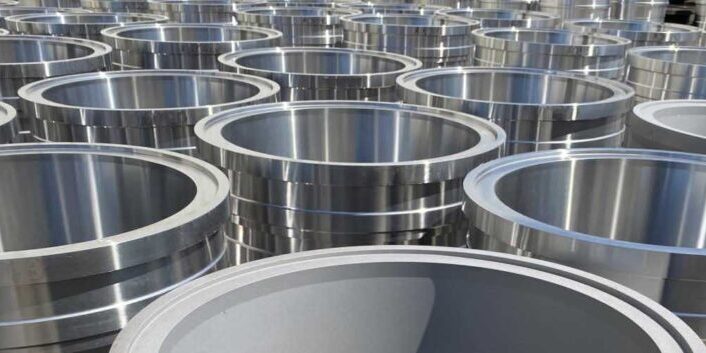Blog What Is Duplex Stainless Steel?
By: Dave Olsen

Duplex stainless steels are alloys with metallurgical structures generally regarded as being approximately equal parts of austenite and ferrite, with a 60/40, 40/60-phase distribution being the envelope widely considered as acceptable. The combination of austenite/ferrite produces alloys with twice the strength of conventional austenitic stainless steels.
Duplex stainless steels are virtually immune to stress corrosion cracking (the Achilles’ heel of common austenitic stainless steels) and are highly resistant to pitting and crevice corrosion. Possessing these characteristics, it is not surprising to find the majority of, but by no means all, applications to be seawater related. Duplex stainless steels have many uses in offshore oil and gas production and naval equipment, particularly sub-surface.

There are several grades of duplex stainless steels. When considering these alloys for use in a corrosive environment, the most widely used method for initial selection is to compare PREn ratings (Pitting Resistance Equivalent number). This is calculated using a weighted % of key alloying elements present in any particular grade of duplex stainless steel. The formula used is:
PREn = % Cr + (3.3 x % Mo) + (16 x % N)
When tungsten is present as an alloy, the PREn calculation is modified to:
PREn = % Cr + 3.3 (% Mo + 0.5 x % W) + (16 x % N)
Clearly from the formula, alloys containing the highest amounts of chromium, molybdenum and nitrogen are considered to possess better resistance to corrosion and will generate a higher PREn. This is accompanied by a corresponding increase in tensile and yield strengths.
Some common duplex grades are 2205/CD3MN, 29MN/CD4MCuN, Ferralium® 255, Zeron® 100.
For guidance in selecting the appropriate duplex stainless steel in your application, contact us.



